Ford’s Innovative Use of Plasma and Ionic Propulsion to Eliminate Car Radiator Fans and Reduce Weight
Ford is currently developing a cutting-edge and innovative form of aerodynamic technology that utilizes the principles of ionic wind to enhance the efficiency of cars. This revolutionary electric wind (also known as ion wind, ionic wind, or corona wind) has been around for some time, but it remains an intriguing concept. Simply put, electric wind involves the manipulation and acceleration of air through a combination of electrodes, voltage, and air.
A recent patent found by CarBuzz from the United States Patent and Trademark Office reveals Ford’s plan to utilize electrohydrodynamic principles in their cars to improve aerodynamic performance. Should this system meet Ford’s expectations of being both lightweight and effective, it could render even exquisite models like the GMA T.50 with its prominent fan as excessive and unneeded.
To fully grasp the potential impact of this technology, it is necessary to delve into the underlying science. Therefore, let’s dive into a brief overview of Chemistry 101.The concept at the core of this groundbreaking technology lies in its scientific foundation. In order to unravel its significance, we must first take a closer look at the principles of chemistry.



When an object becomes charged with electricity, the total charge is present solely on its outer surface and is typically more concentrated at sharp points and edges rather than smooth surfaces.
Utilizing a pointed electrode significantly boosts the intensity of the electric field. If this intensity surpasses the corona discharge inception voltage (CIV) gradient, the surrounding air undergoes ionization, resulting in the emergence of a minute but discernible violet stream of plasma at the tip of the electrode.
The procedure produces electrically charged air particles that share the same positive or negative charge as the electrode, causing the electrode to repel the cloud. As a result of the repulsive forces among the ions, the ionized cloud rapidly expands. This repulsion causes a gust of air to emanate from the tip of the electrode, accompanied by a loud hissing sound resulting from the expansion of the cloud. This powerful force is what Ford hopes to harness.
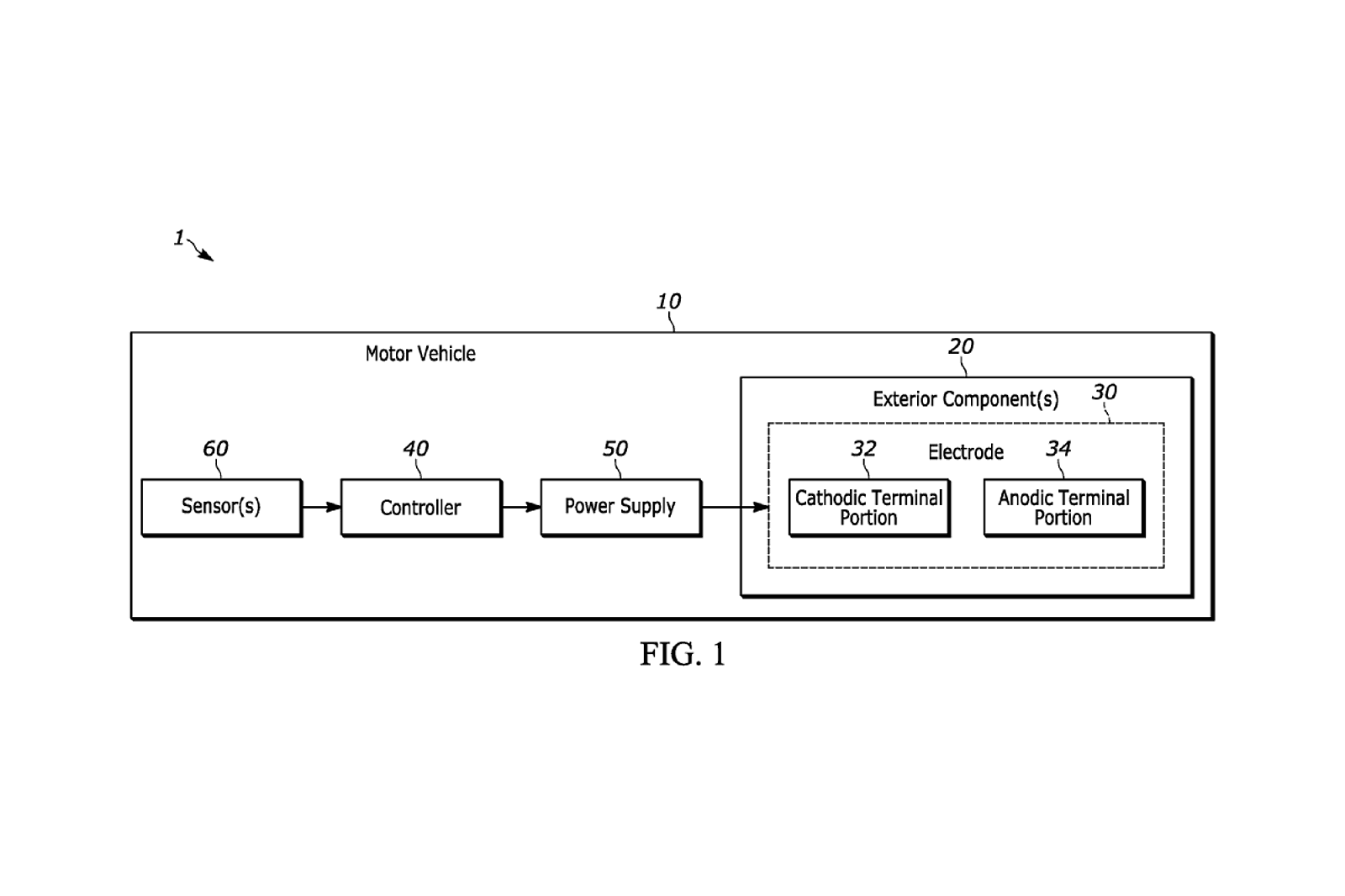
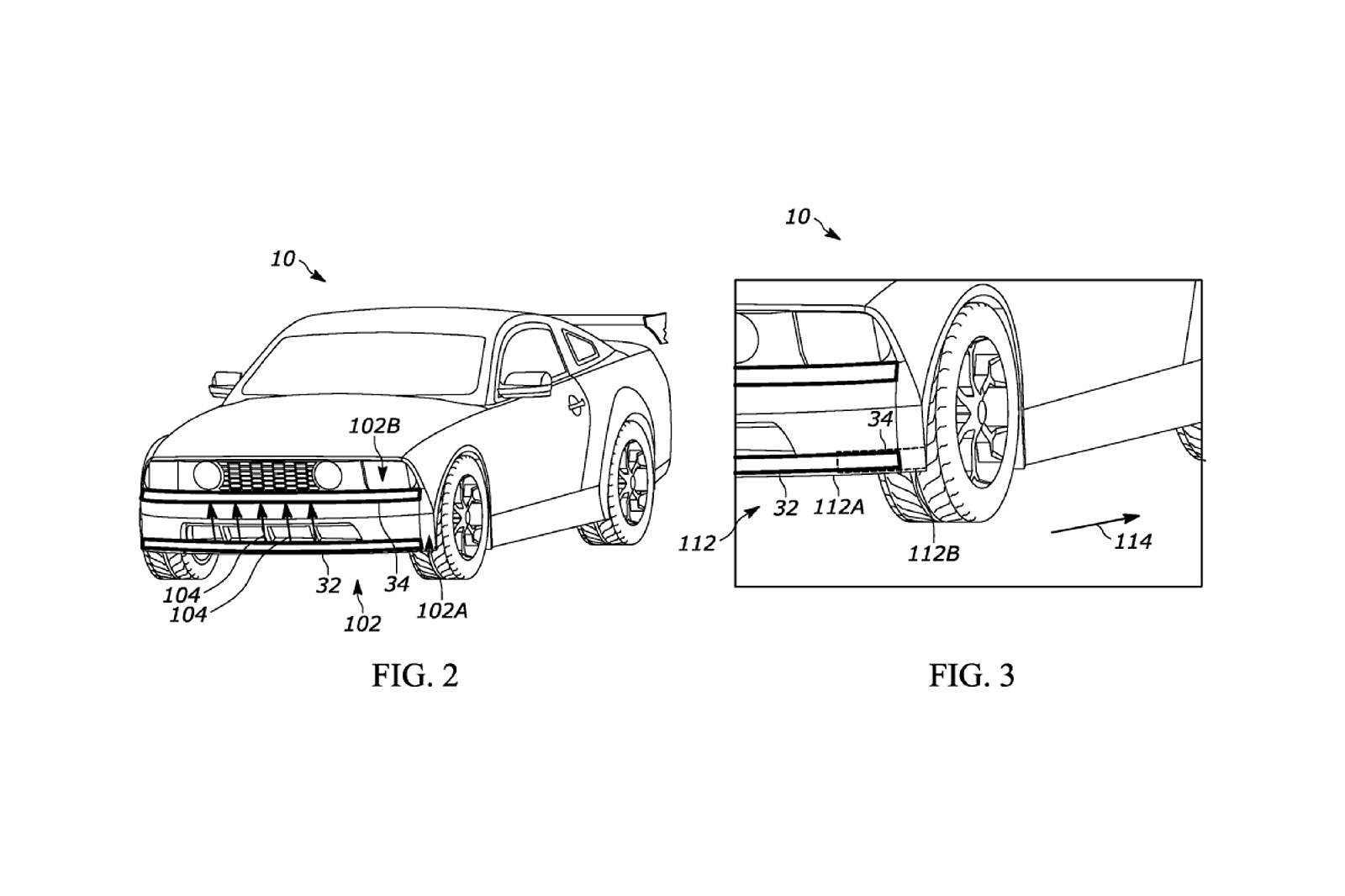
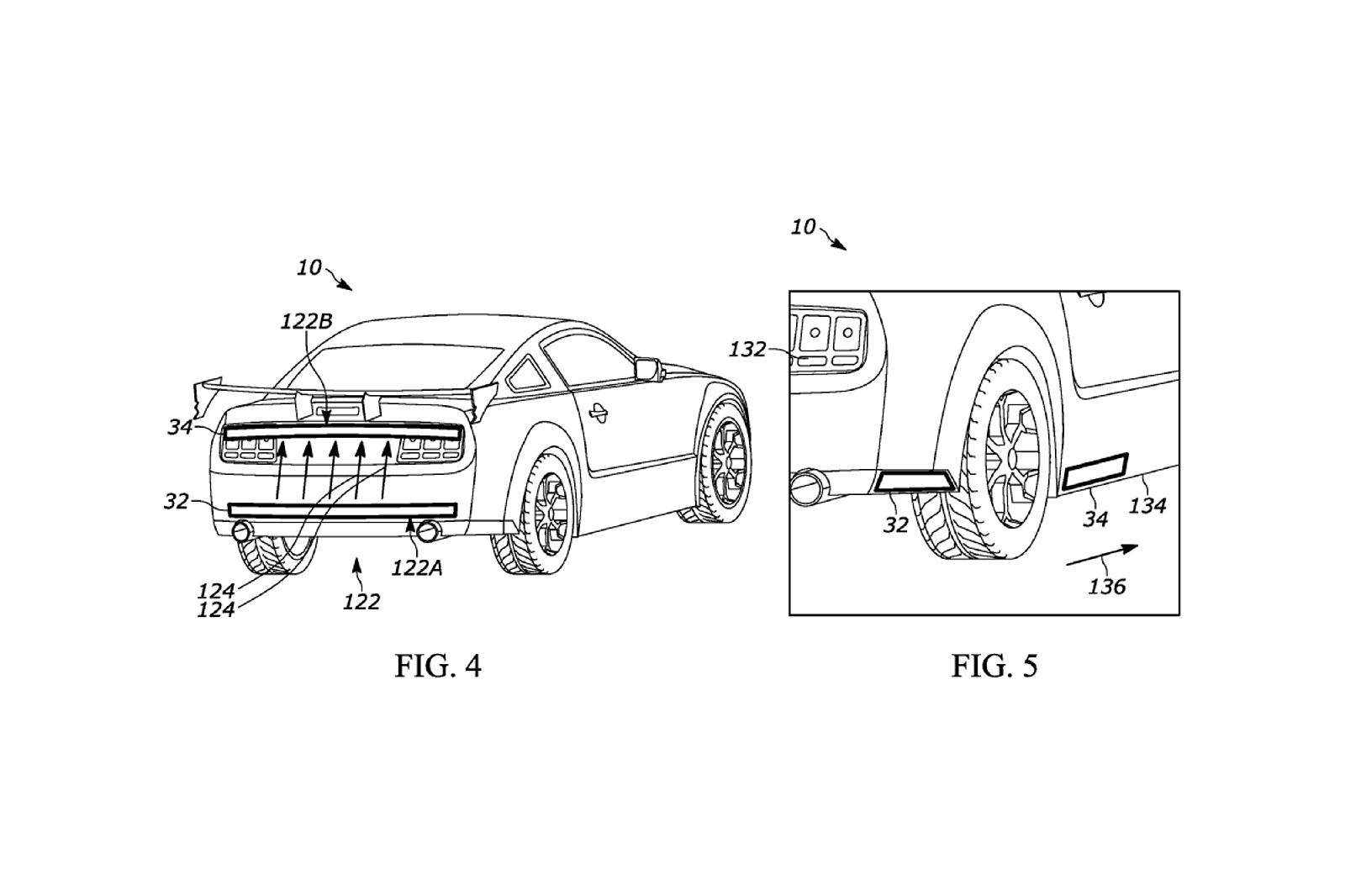
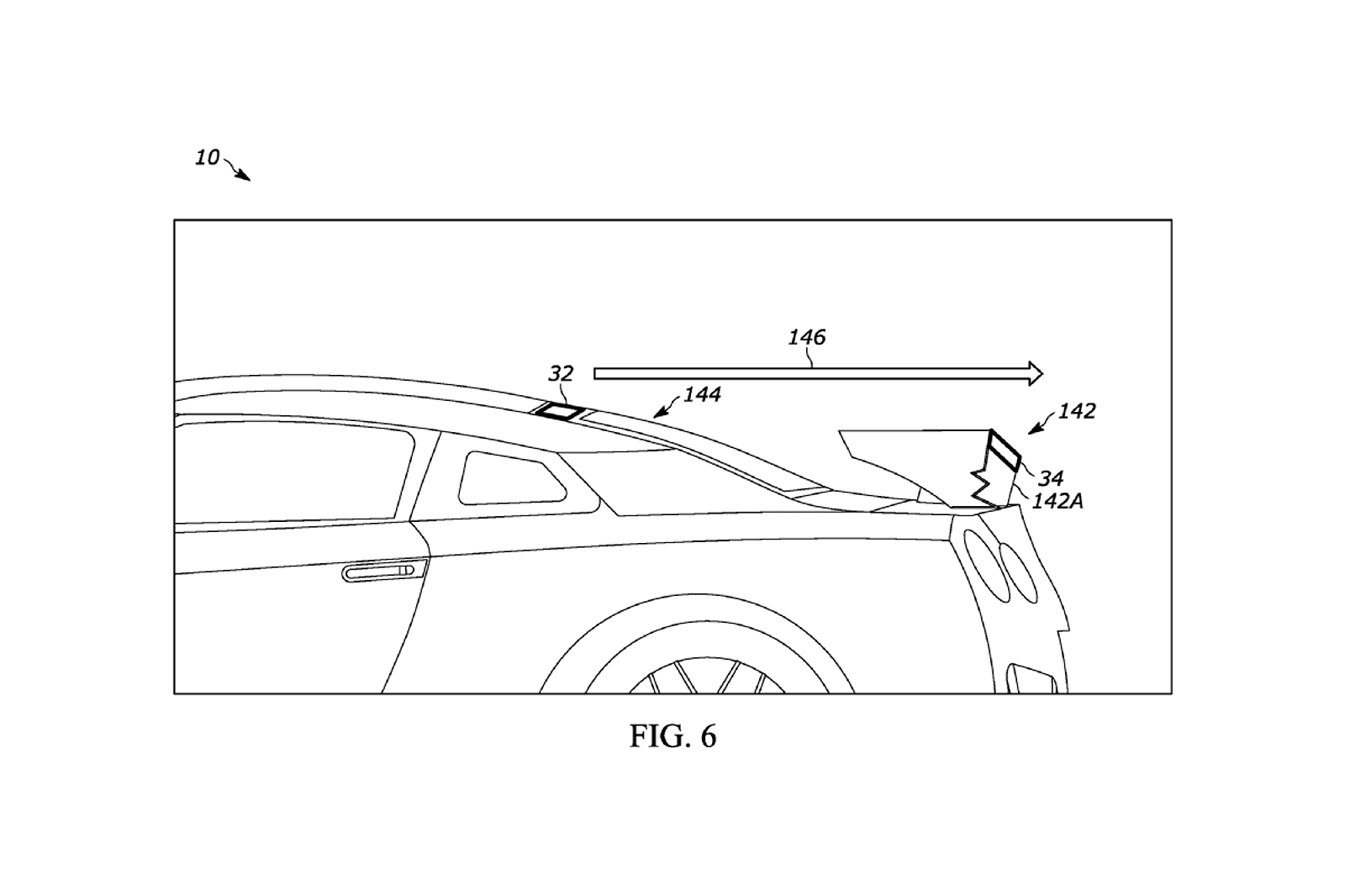
Ford proposes countless potential uses for the car. One idea involves using a complex mechanism to propel air into an S-shaped duct or below a splitter. Another possibility is to divert the air out from behind the bottom of the car, while still others include making smaller adaptations that can enhance the aerodynamic efficiency of elements like wing mirrors, wheelhouses, brake ducts, intakes, vents, and existing active aero systems.
Essentially, through strategic utilization of this electronic current to specific zones of the vehicle, Ford is able to adjust airflow in a superior manner compared to Gordon Murray’s T.50. Despite the absence of any noticeable flaps, vents or wings, this technique produces impressive levels of downforce.
Moreover, this type of mechanism has the potential to eliminate the necessity of a specific radiator fan and most likely fulfill other cooling needs, resulting in reduced weight.
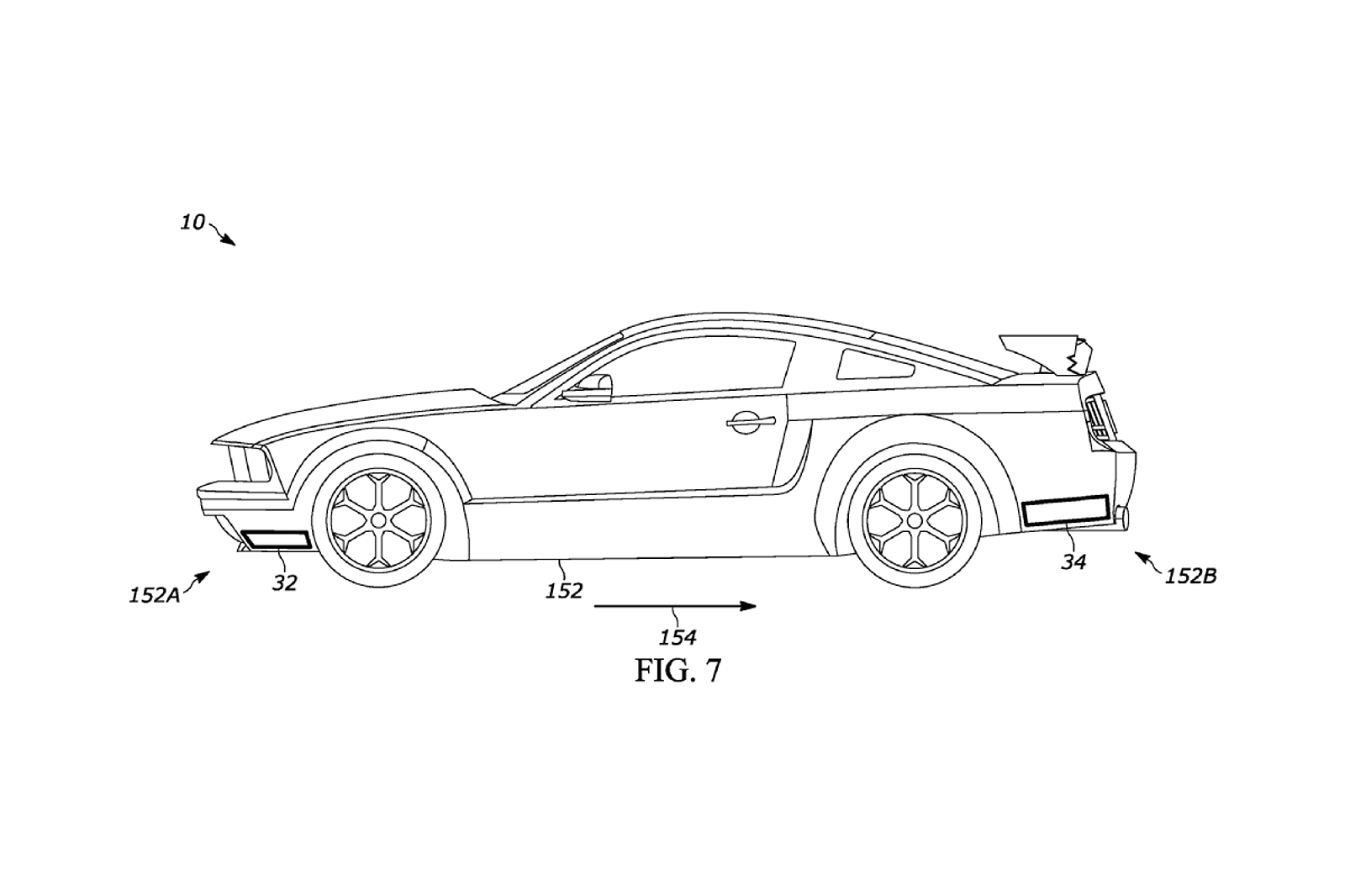
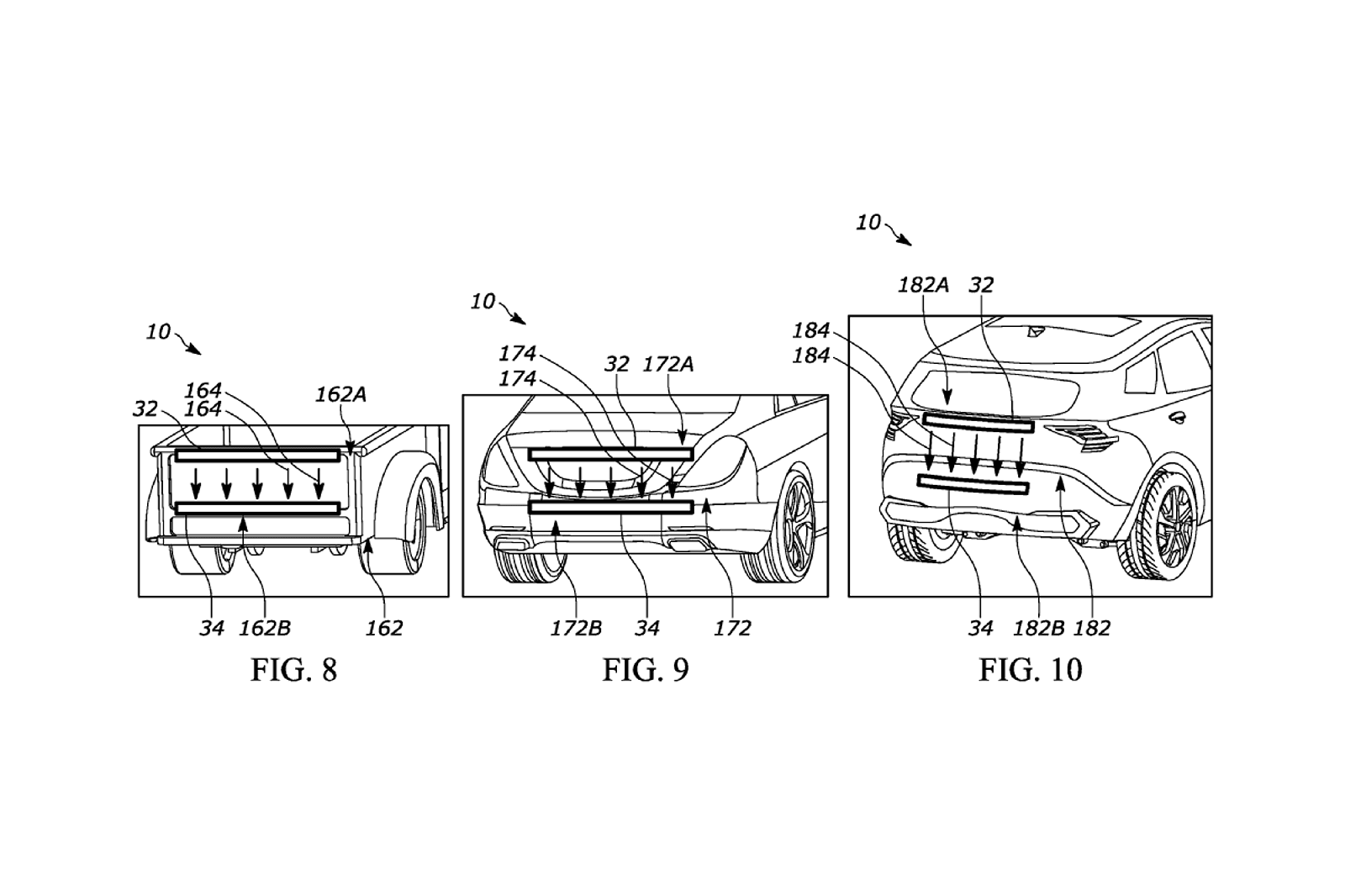
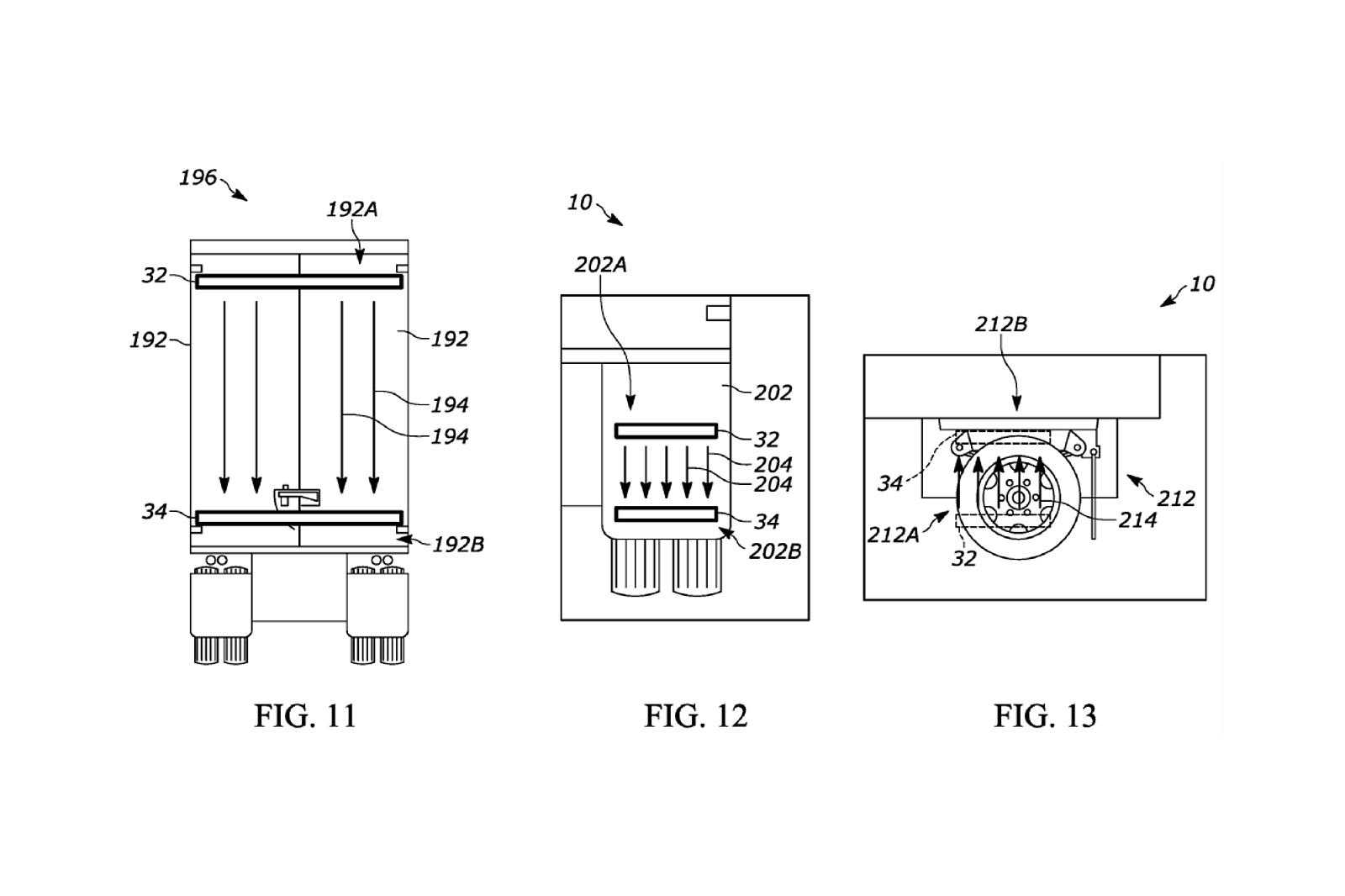
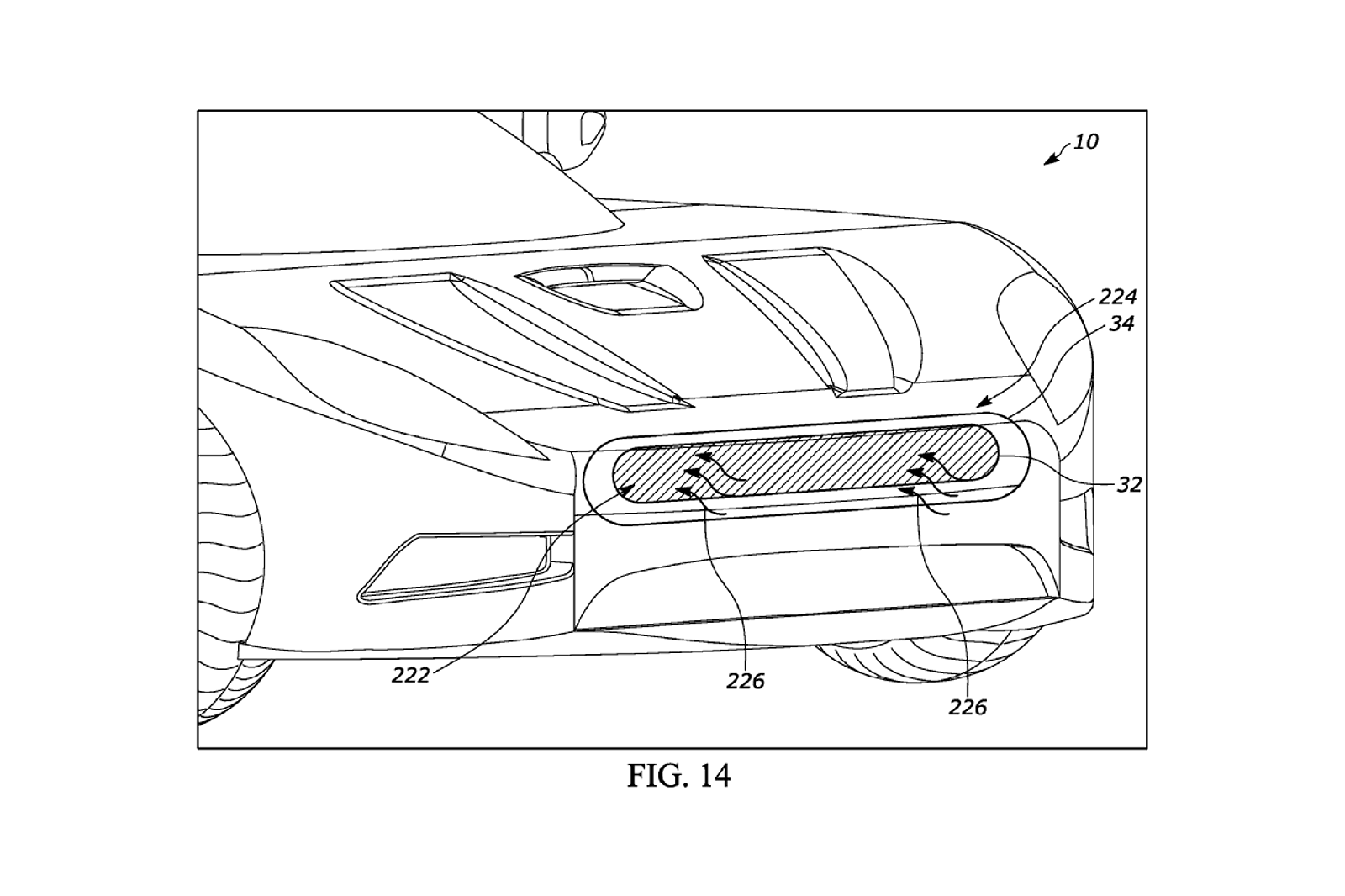
We anticipate that there may be obstacles to navigate in regards to controlling the expense of this innovative technology. However, measures may have already been implemented through the production of a limited-edition sports car…
Despite disclosing some details, Ford has not fully disclosed all of the tactics used to achieve optimal aerodynamics in the Mustang GTD. We are eager to discover if this includes implementing ionic or electric wind technology. According to Ford’s patent, the system could potentially activate at higher speeds to reduce noise, making it an ideal feature for a street-legal car. Additionally, with the added benefit of weight reduction and eliminating the need for fans and their associated vibrations and packaging demands, this technology could eventually become commonplace in everyday vehicles such as family cars, trucks, delivery vans, and beyond.
Ford is proving the effectiveness of its Rolling Road Wind Tunnel once again as they have recently patented a new aerodynamic adaptive tonneau cover. This innovation from the Blue Oval is sure to bring even more efficiency and performance to their vehicles.The utilization of Ford’s Rolling Road Wind Tunnel is definitely yielding positive results. Moreover, the renowned company has also successfully patented an aerodynamic adaptive tonneau cover. This groundbreaking invention from the Blue Oval is set to elevate the efficiency and performance levels of their automobiles.

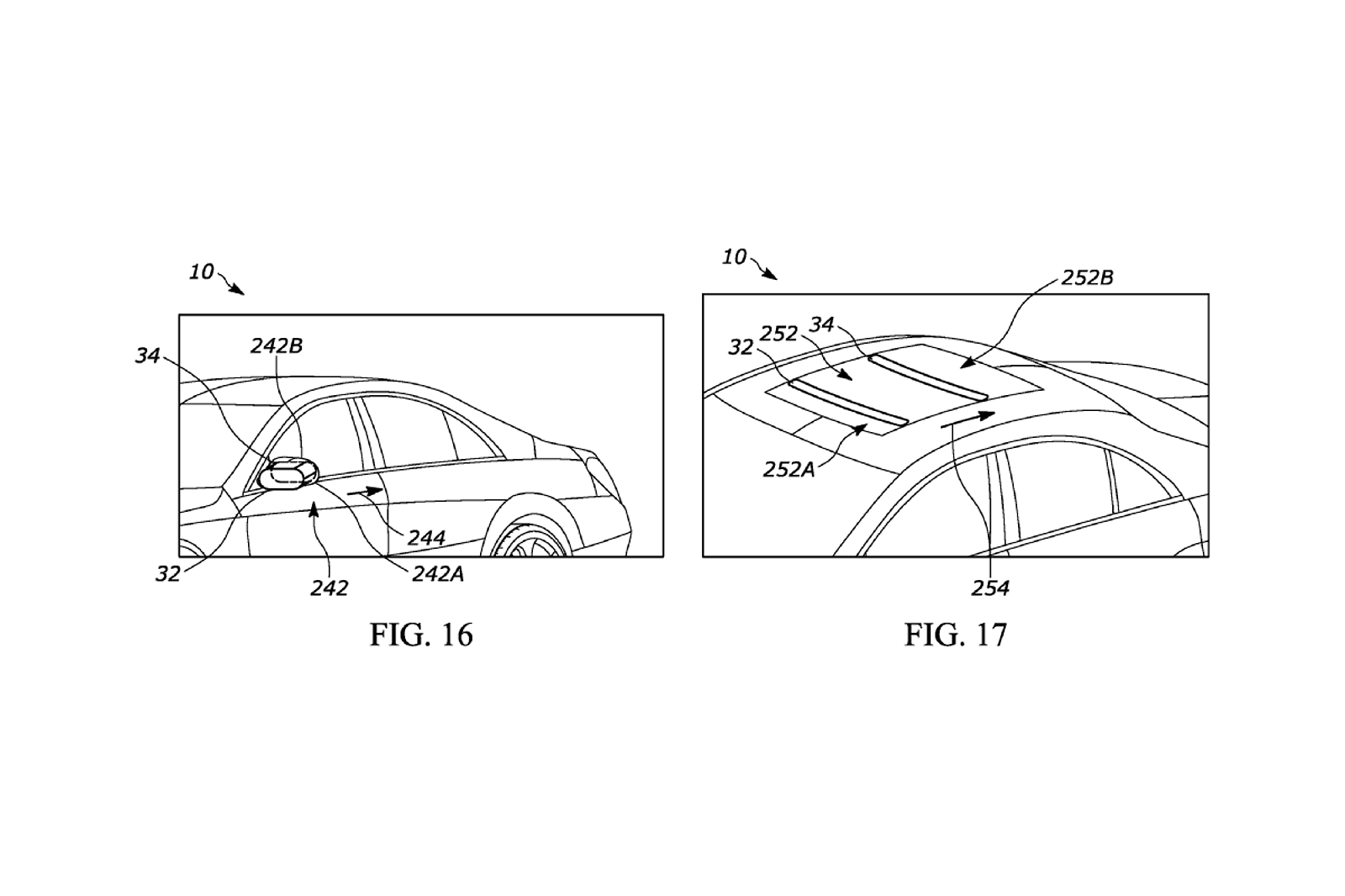
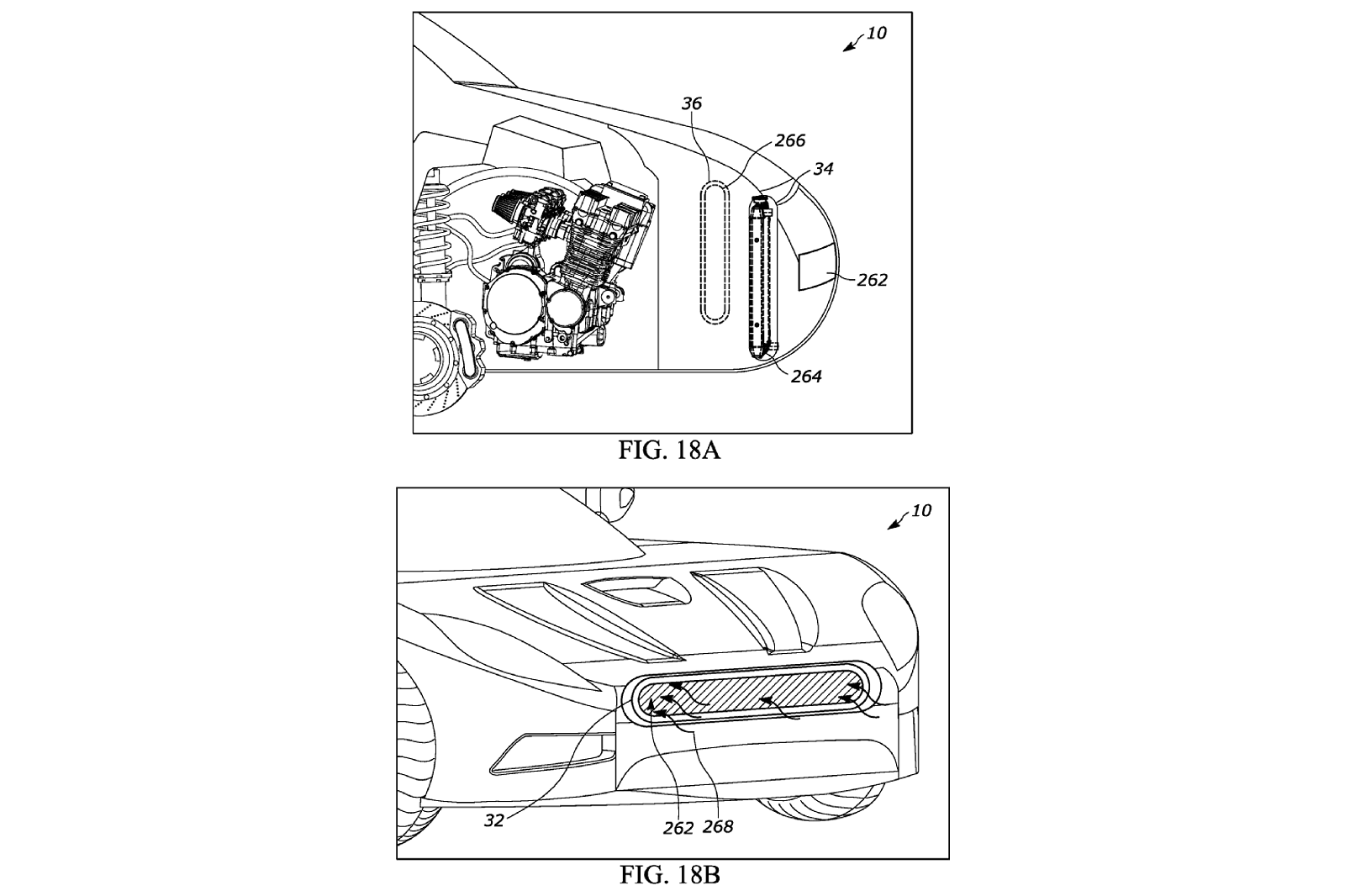
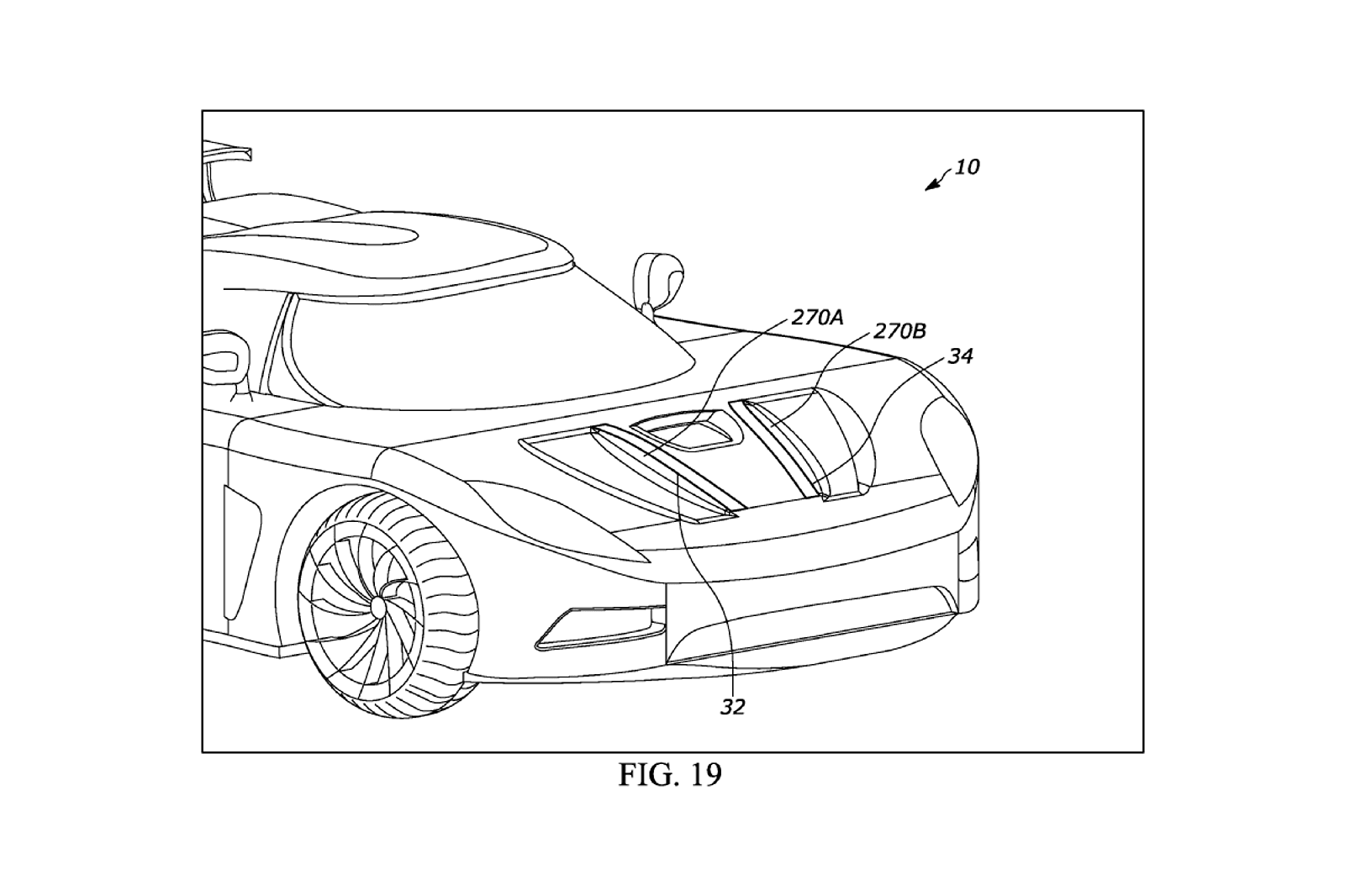
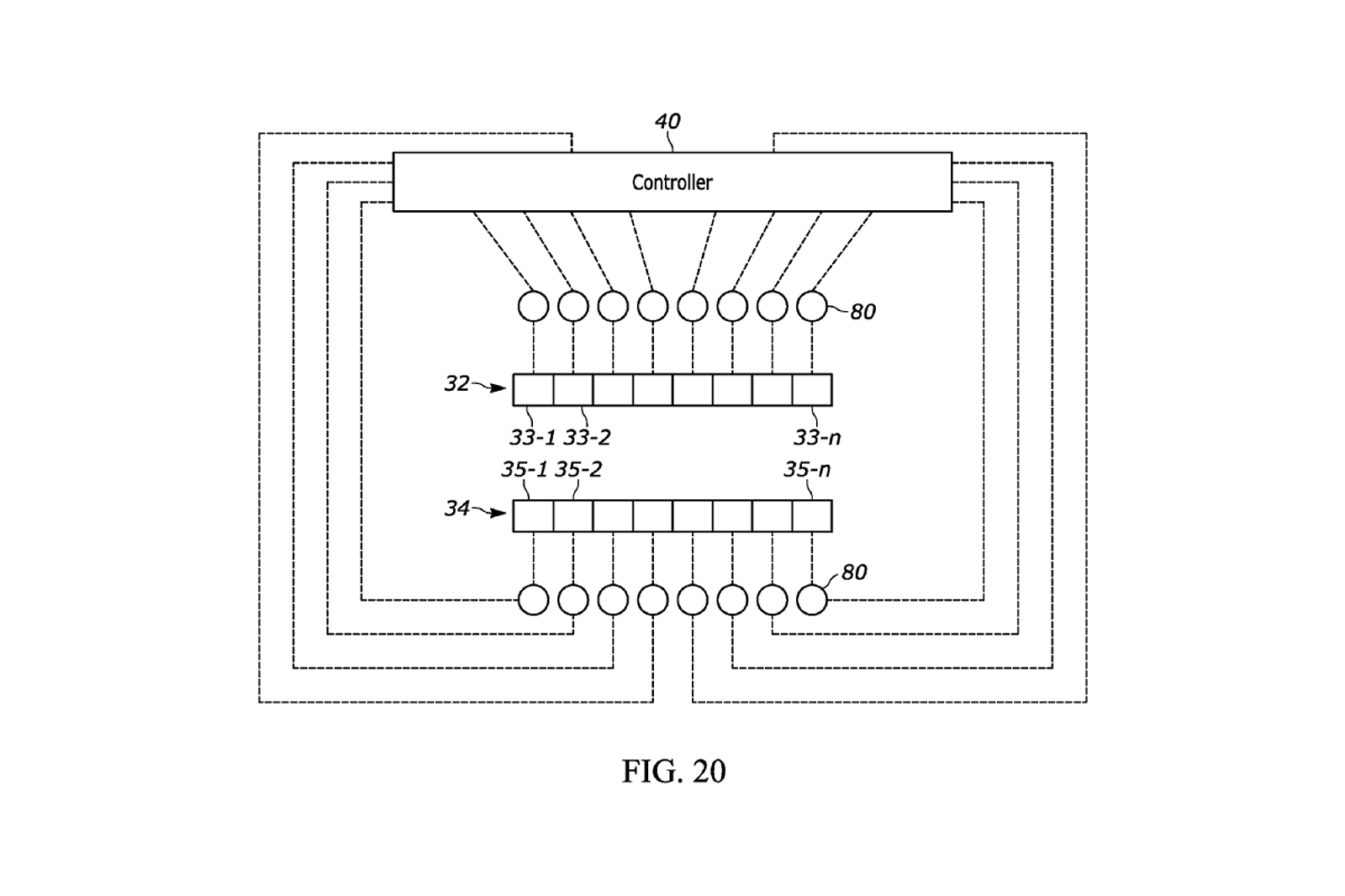




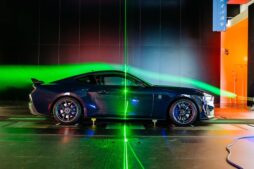


This is a really good tip particularly to those fresh to the blogosphere. Simple but very accurate information… Many thanks for sharing this one. A must read article!
I view something genuinely interesting about your web site so I saved to favorites.